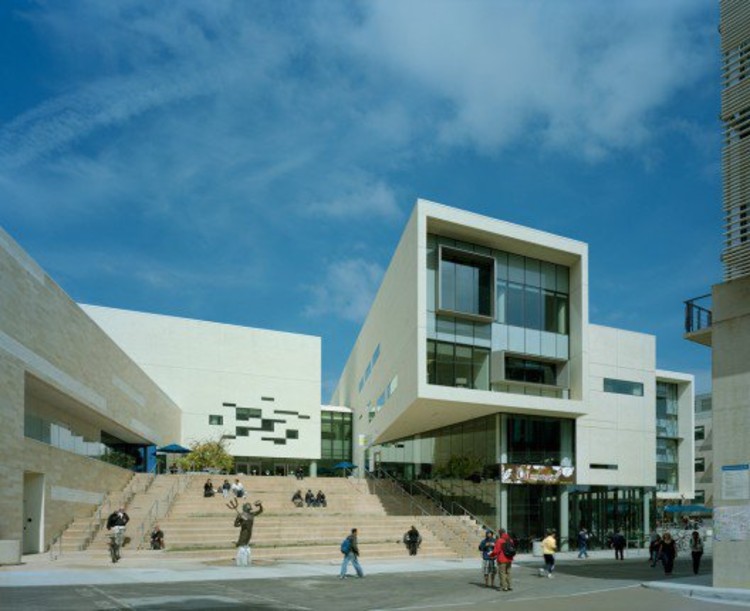
You’ve considered every detail: re-thought the spatial configurations of the classrooms to account for over 40 students, ensured that the noise from outside doesn’t drown out the teacher, perhaps even adjusted the storage to kid-friendly heights.
As an architect, you live in the skin of the people who will daily occupy your buildings. And of course, the impact of physical conditions should never be underestimated, especially in the design of a school. Study after study has cited that the correct environment can greatly improve student engagement, enrollment, and even general well-being. [1]
However, there is another vital way in which design can impact learning. An approach that recognizes the power of society and culture, that aims to create a school not only permeable to the community around it, but charged with positive symbolic value.

